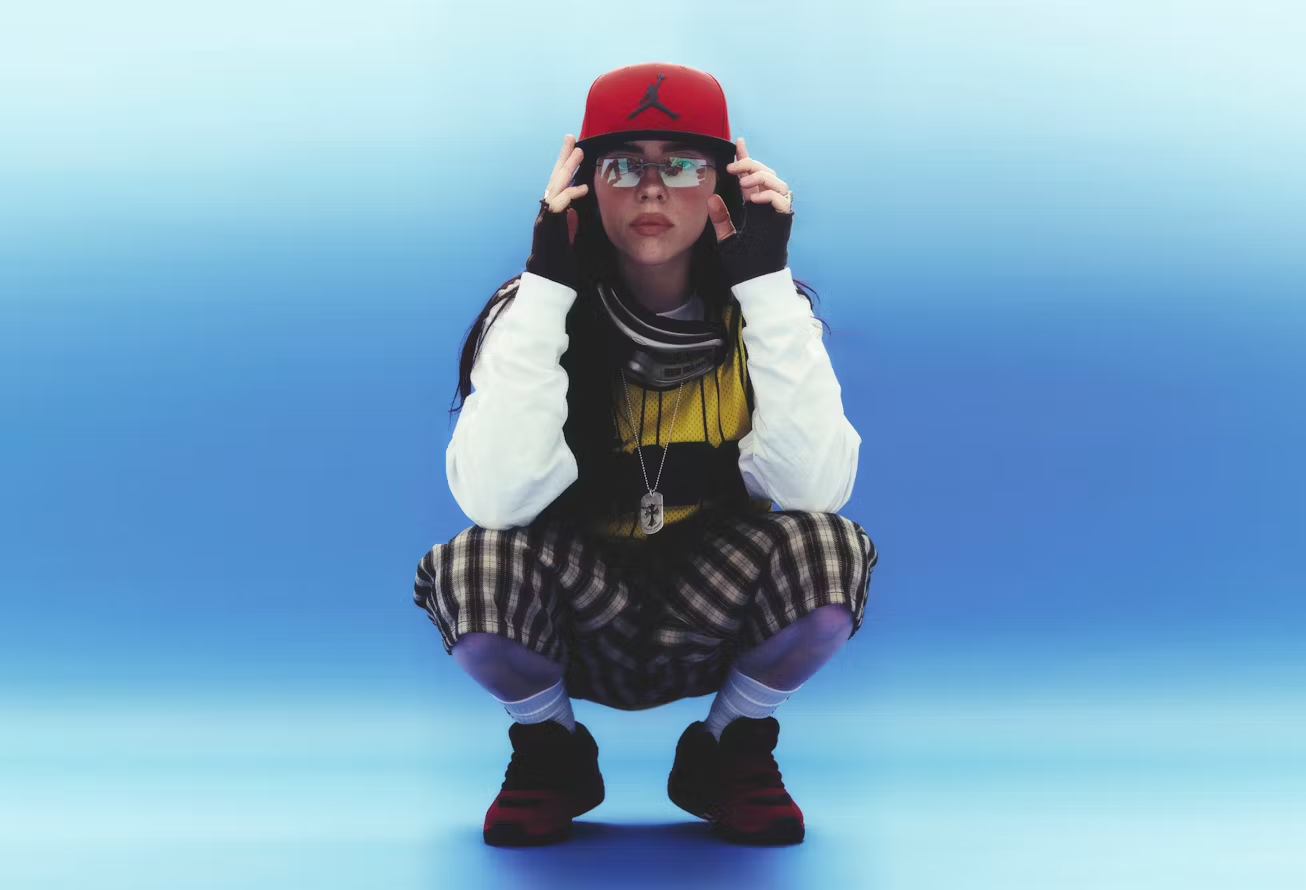Lessons From The Post-Release Strategy
Introduction
Many artists still treat release day like a finish line. But in today’s landscape, some of the biggest music wins happen long after the drop.
This guide explores the post-release spark strategy—where songs gain traction months after they’re out. It looks at how three artists approached this window creatively and how emerging artists can build long-term engagement by shifting how they think about momentum.
As with all trends, the tools are different depending on your scale—but the mindset is universal: the release is just the beginning.
The Post-Release Spark Phenomenon
1) What Happened
Lola Young – “Messy” (2024)
-
Album: This Wasn’t Meant For You Anyway (June 21, 2024)
-
“Messy” started slow but reached 20M streams in 6 months, gaining significant momentum around December 2024.
-
Rather than move on, Lola’s team noticed the growing traction and leaned into it—boosting the song through renewed attention and content.
Alex Warren – “Ordinary” (2024–2025)
-
Album: You’ll Be Alright, Kid (Chapter 1) (Sept 26, 2024)
-
The track “Ordinary” was re-released with a video on Feb 7, 2025, aligned with a Netflix sync on Love Is Blind.
-
This increased the song’s reach by combining visual content and new cultural relevance.
Lady Gaga & Bruno Mars – “Die With A Smile” (2024)
-
Released: August 16, 2024
-
Immediate hit status. What stood out was what happened next:
-
Mars capitalised with follow-up collaborations, becoming Spotify’s top artist.
-
Gaga rode the wave into a full album release.
-
2) Why It Worked
-
Post-release awareness: Their teams stayed alert to growing data and didn’t rush to the next project.
-
Strategic reactivation: Re-releasing a track with fresh visual or sync context gave it a second life.
-
Momentum = leverage: Hits weren’t endpoints—they were stepping stones to deeper campaigns.
-
Fan-led feedback loops: These strategies responded to real-world reactions, not just internal plans.
How Emerging Artists Can Use the Post-Release Window
You don’t need celebrity status or sync deals to use this strategy. Here’s how to adapt the core ideas:
-
Hold your best ideas for after release. Most fans aren’t watching on day one (unless perhaps you're already a superstar). Use the post-release window to surprise them with remixes, live versions, or deeper context.
-
Look for early signs of engagement. Saves, shares, or emotional comments are often early sparks. Don’t overlook them in favour of chasing playlists.
-
Plan reactivation in advance. Prepare alt visuals or fresh content that can give a song renewed energy weeks—or even months—after it drops.
-
Tell a longer story. Albums or EPs can act as testing grounds. The songs fans naturally gravitate toward can become anchor points for further content, ads, or live moments.
Music Marketing Trends 2025
In a singles-driven culture, fast wins dominate. But long-game strategies are showing up everywhere—from surprise virality months later, to strategic syncs and intentional re-releases.
For independent artists, the key is not more output—it’s better timing, smarter reactions, and seeing success as a starting point. The post-release window is no longer dead air. It’s a goldmine—if you’re ready to dig.




